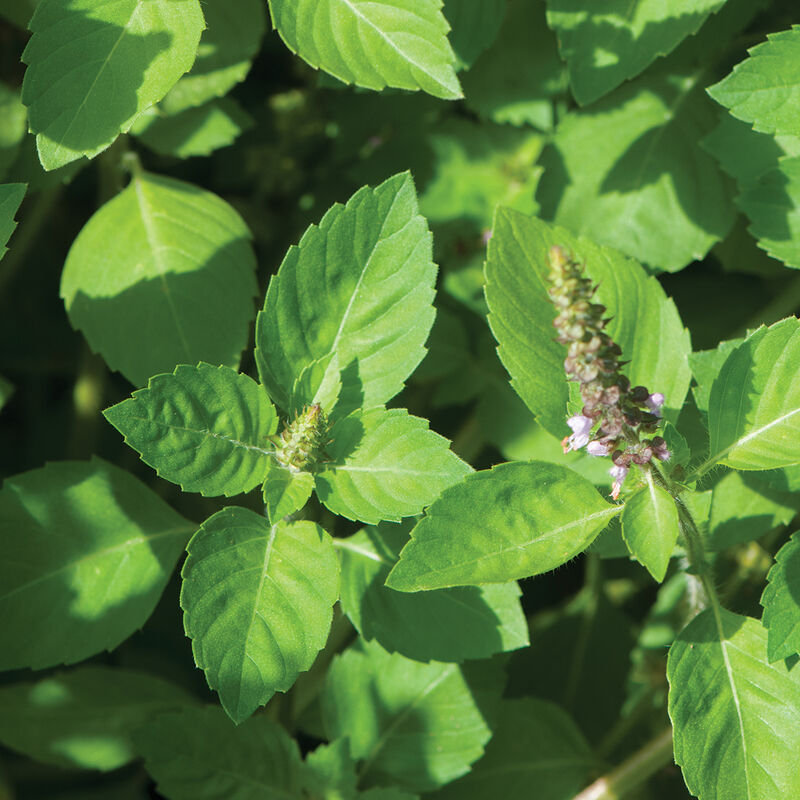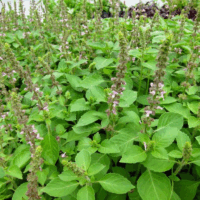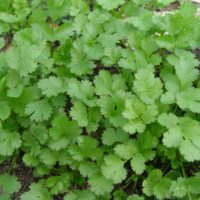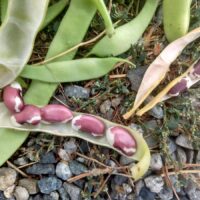Description
Ocimum tenuiflorum / Ocimum sanctum
Green leaf holy basil, Kapoor Tulsi are just a few names for this widely adaptable basil. Tulasi is cultivated for religious and traditional medicine purposes, and also for its essential oil. It is widely used as an herbal tea, commonly used in Ayurveda, and has a place within the Vaishnava tradition of Hinduism, in which devotees perform worship involving holy basil plants or leaves. Tulsi’s origin is Asia, Australia and Malasia but has spread to many subtropical countries including the Americas.
It has been proven to be antibacterial, a disinfectant, insect repellent and more. Also lowers cholesterol, blood sugar and blood pressure. Used in Thai cuisine and curry.
-
SunlightHoly basil prefers full sun, but can tolerate some shade. If planting in a pot, it can get by with half a day of sun, but should still get at least five to six hours of direct sunlight.
-
TemperatureHoly basil is native to tropical and subtropical regions, so it needs an average temperature of around 70°F to survive outdoors.
-
WateringWater holy basil regularly to keep the soil moist but not soggy. You can water when the top inch of soil is dry, and use drip irrigation or a soaker hose to keep the leaves dry. Watering in the morning can also help prevent fungal disease by allowing the leaves to dry out during the day.
-
SoilHoly basil prefers light, well-drained soil with good drainage. You can test your soil’s pH before planting.
-
AirflowProvide enough space between plants to allow for good airflow and prevent fungal disease. If grown in masses, space individual plants about 18 inches apart.
-
WeedingUse organic mulch to help suppress weeds and retain soil moisture.
-
TrimmingRegularly trim the plant to prevent it from going to seed. You can also pinch off any yellow or dying leaves to encourage the plant to focus its energy on growing new green leaves.
-
Companion planting
Plant holy basil near brassicas, tomatoes, lettuces, and carrots to attract pollinators and deter pests.




Reviews
There are no reviews yet.